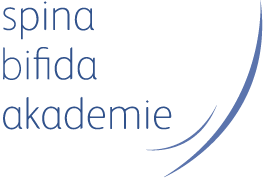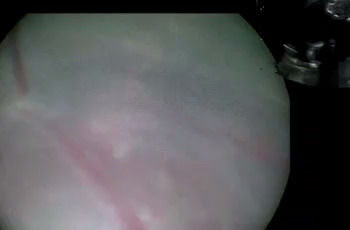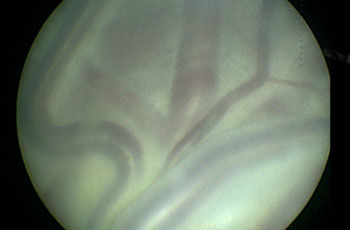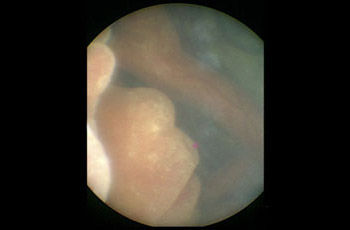Fetal Therapy
Introduction
At the Zurich Center for Fetal Diagnosis and Therapy we can provide the entire range of established treatments available in the world today. In the case of newly developed therapeutic methods we work in partnership with the world’s leading centers, ensuring you receive the best possible care.
Amnioreduction
When a fetus bathes in too much amniotic fluid there is a risk that the amniotic sac may rupture or that the mother may develop labor pains due to stretching of the uterus. The mother feels her abdomen to be grossly distended and in some cases develops colicky pain.
In such cases we introduce a fine needle into the amniotic cavity and withdraw a measured amount of amniotic fluid. As the needle itself makes a hole in the amniotic sac, the advantages of such procedures must be carefully weighed against the disadvantages.
Intraumbilical transfusion
Sometimes a fetus may not have enough blood. Without intervention it will die.
Such situations can arise in association with blood group incompatibilities or infections, and also occasionally after blunt abdominal trauma to the mother. In such cases we introduce a fine needle under ultrasound guidance into the umbilical cord and transfuse blood into the fetus with continuous monitoring.
Shunts
Fetuses that have abnormal collections of fluid in their body, e.g. around the lungs (1), can be helped by a shunt (2) that continuously drains such fluid into the amniotic fluid. The shunt is designed in such a way that one of its coils can be positioned between the lung and the chest wall and the other in the amniotic fluid. Its small holes allow the fluid to drain continuously into the amniotic fluid and in this way give the lungs room in which to grow.
Endoscopic surgery
Using this minimally invasive surgical technique we can now assess and treat both the fetus (1) and the placenta along with its vessels (2).
Under local anesthesia and ultrasound guidance we introduce a 3 mm thick guide sleeve into the amniotic cavity via a maternal skin incision only a few millimeters in length. We then pass a laser fiber through a fetal endoscope to obliterate placental vessels (3 – video) and “bisect” the placenta.










